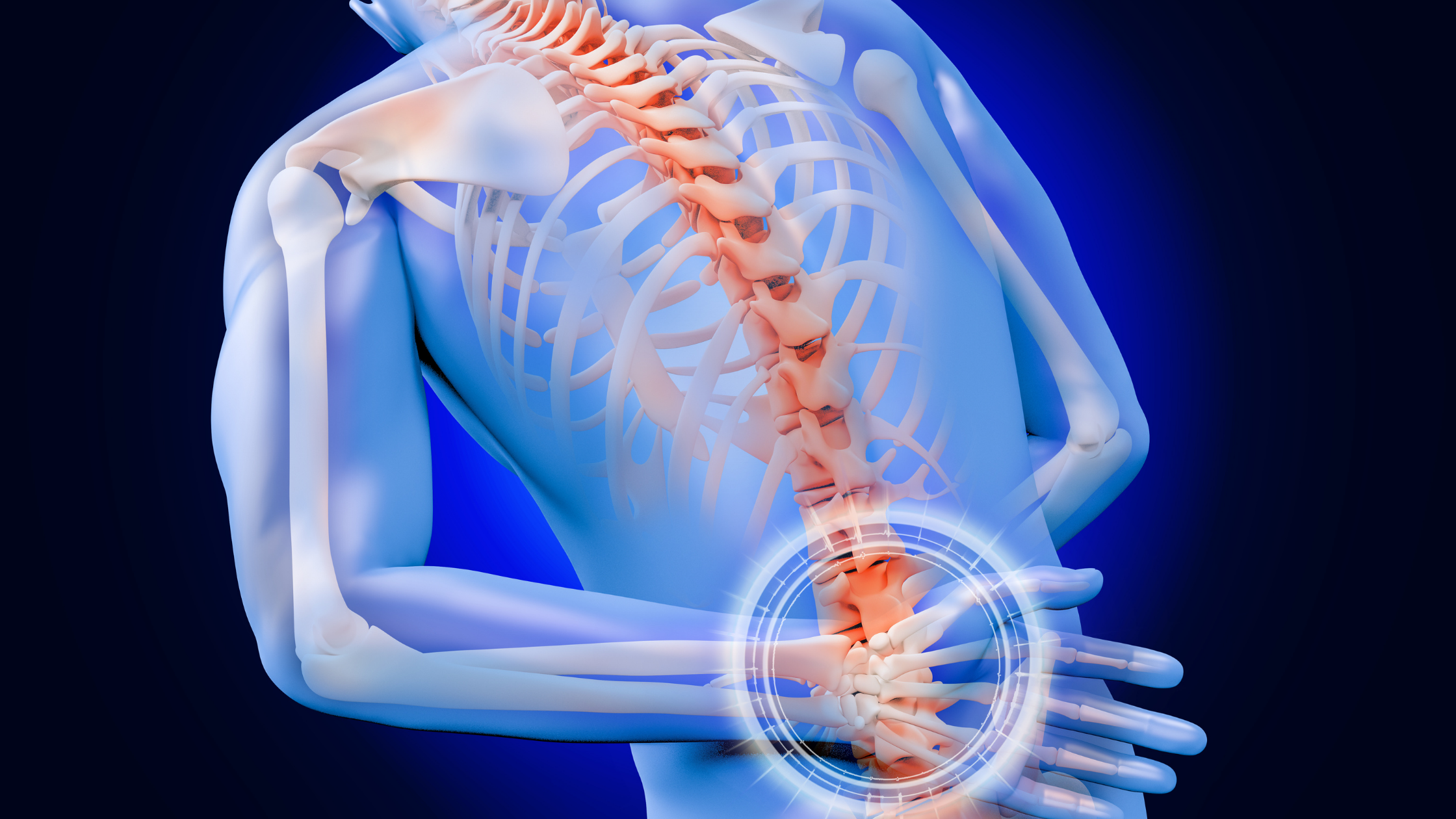Pain is an inevitable part of life, serving as a crucial warning system that alerts us to injury, illness, or underlying health conditions. While some pain is short-lived and resolves on its own, chronic or severe pain can significantly impact one’s quality of life. Understanding different types of pain, identifying their symptoms, and utilizing effective relief methods, including pain relief medication, can help individuals manage discomfort and improve overall well-being.
Understanding Pain: Types and Causes
Pain can be categorized based on its origin, duration, and underlying cause. The most common classifications include:
1. Acute Pain
Acute pain is short-term and often results from an injury, surgery, or temporary medical condition. It serves as a protective mechanism, warning the body of potential harm. Examples include:
- Cuts, burns, or bruises
- Fractures or sprains
- Post-surgical pain
- Dental pain
2. Chronic Pain
Chronic pain lasts for weeks, months, or even years. It often results from conditions such as arthritis, fibromyalgia, or nerve damage. Tramadol Pill Unlike acute pain, chronic pain persists beyond the normal healing period and may require long-term management strategies.
3. Neuropathic Pain
This type of pain arises from nerve damage or dysfunction and can be chronic in nature. It is often described as burning, tingling, or shooting pain. Causes include:
- Diabetic neuropathy
- Sciatica
- Multiple sclerosis
- Shingles
4. Nociceptive Pain
Nociceptive pain is caused by tissue damage due to injury or inflammation. It can be further divided into:
- Somatic Pain: Originates in the skin, muscles, bones, or joints (e.g., arthritis, muscle strain).
- Visceral Pain: Arises from internal organs (e.g., stomach pain due to gastritis, kidney stones).
5. Referred Pain
Referred pain occurs when pain from one part of the body is felt in another area. For example, a heart attack may cause pain in the left arm or jaw rather than the chest.
Identifying Pain Symptoms
Recognizing the symptoms associated with different types of pain is crucial for effective management. Some common pain symptoms include:
- Sharp, stabbing pain: Often linked to injuries, nerve pain, or acute conditions.
- Dull, aching pain: Frequently associated with chronic conditions such as arthritis or fibromyalgia.
- Burning or tingling pain: A common sign of neuropathic pain.
- Throbbing pain: Often occurs in migraines, headaches, or infections.
- Radiating pain: Pain that spreads from one area to another, such as sciatica or heart-related conditions.
Understanding these symptoms can help in seeking appropriate medical advice and choosing the best pain management techniques.
Effective Pain Relief Methods
Managing pain effectively requires a combination of treatments, lifestyle changes, and medical interventions. The most common pain relief methods include:
1. Pain Relief Medication
Pain relief medication is one of the most widely used methods for managing pain. The type of medication prescribed depends on the severity and cause of pain.
Over-the-Counter (OTC) Medications:
- Acetaminophen (Tylenol): Effective for mild to moderate pain relief, including headaches and muscle aches.
- Nonsteroidal Anti-Inflammatory Drugs (NSAIDs): Includes ibuprofen (Advil, Motrin) and naproxen (Aleve), commonly used for inflammatory pain such as arthritis or injuries.
Prescription Medications:
- Opioids (e.g., oxycodone, morphine, tramadol): Used for severe pain but must be taken under strict medical supervision due to the risk of addiction.
- Muscle Relaxants: Help relieve muscle spasms and tension-related pain.
- Antidepressants and Anticonvulsants: Often prescribed for neuropathic pain conditions like fibromyalgia and nerve damage.
2. Physical Therapy
Physical therapy can help alleviate pain by improving mobility, strengthening muscles, and reducing inflammation. Techniques include:
- Stretching and strengthening exercises
- Massage therapy
- Heat and cold therapy
- Ultrasound or electrical stimulation
3. Alternative and Holistic Therapies
For those seeking non-medication approaches, alternative therapies may provide relief:
- Acupuncture: Involves inserting thin needles into specific points to relieve pain and improve energy flow.
- Chiropractic Care: Adjustments and spinal manipulations to relieve musculoskeletal pain.
- Herbal Remedies: Natural anti-inflammatory herbs like turmeric, ginger, and willow bark can help manage pain.
- Meditation and Mindfulness: Helps reduce pain perception by focusing on relaxation and deep breathing techniques.
4. Lifestyle Modifications
Making positive lifestyle changes can significantly impact Pain Relief Medication:
- Exercistramadol Pille Regularly: Low-impact activities like yoga, swimming, and walking can improve mobility and reduce pain.
- Maintain a Healthy Diet: Anti-inflammatory foods such as fatty fish, nuts, fruits, and vegetables can help reduce pain-related inflammation.
- Stay Hydrated: Dehydration can exacerbate muscle cramps and headaches.
- Improve Sleep Habits: Poor sleep can increase pain sensitivity, so maintaining a proper sleep routine is crucial.
5. Psychological Support
Pain is not just a physical experience; it also affects mental well-being. Seeking psychological support through:
- Cognitive Behavioral Therapy (CBT): Helps change negative thought patterns associated with chronic pain.
- Support Groups: Connecting with others experiencing similar pain conditions can provide emotional relief and coping strategies.
When to Seek Medical Help
While mild pain may be manageable with self-care methods, there are situations where medical attention is necessary:
- Pain that persists for more than a few weeks
- Sudden, severe pain with no apparent cause
- Pain accompanied by swelling, fever, or redness
- Loss of mobility or function due to pain
- Pain following an injury that worsens over time
Ignoring persistent or severe pain can lead to complications, so it is always best to consult a healthcare provider for proper diagnosis and treatment.
Conclusion
Pain is a complex and multifaceted experience that requires a personalized approach to management. By understanding the different types of pain, identifying their symptoms, and utilizing effective relief methods—including pain relief medication, physical therapy, alternative treatments, and lifestyle changes—individuals can improve their quality of life. If pain becomes chronic or unbearable, seeking medical advice is essential to determine the underlying cause and receive appropriate treatment. Prioritizing pain management ensures better overall health and well-being.
